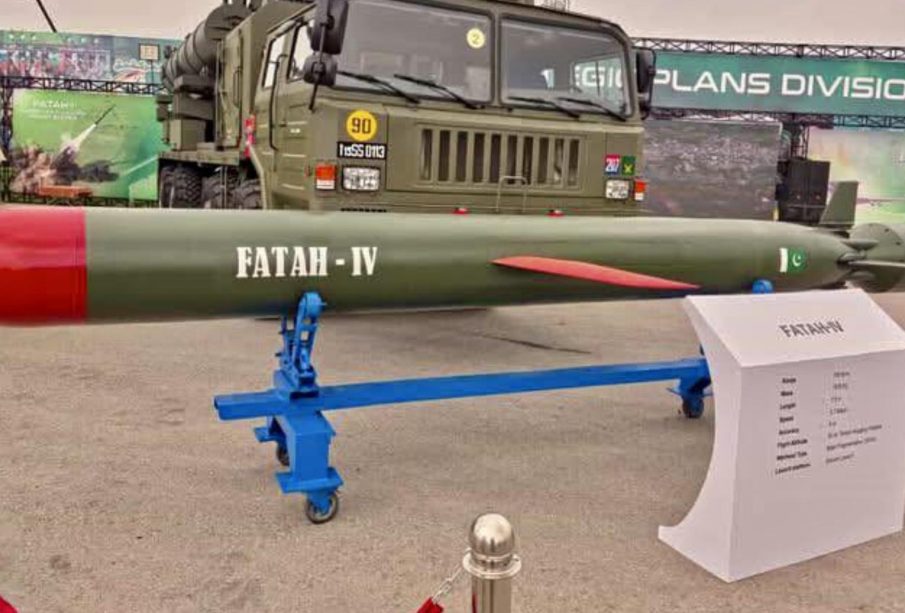Understanding the Fatah 4 Missile of Pakistan

Introduction
The Fatah 4 missile, developed by Pakistan, marks a significant advancement in the country’s defense capabilities. As international tensions rise and neighboring countries enhance their military prowess, understanding this missile’s capabilities and implications is crucial. The Fatah 4 not only serves as a tactical weapon but also reflects Pakistan’s strategic priorities in the context of regional security.
Recent Developments
In recent weeks, reports have emerged confirming successful test launches of the Fatah 4 missile by the Pakistan Army. This surface-to-surface missile boasts an impressive operational range of around 140-170 kilometers, enabling precise strikes against enemy positions. The missile is equipped with advanced technology that enhances both accuracy and lethality, making it a formidable addition to Pakistan’s arsenal.
The development of the Fatah 4 missile comes at a time when tensions between India and Pakistan continue to simmer. The missile was reportedly tested in a series of exercises aimed at improving the army’s preparedness and response time. It is designed for quick deployment and can be launched from mobile platforms, allowing for greater flexibility on the battlefield.
Technical Features
The Fatah 4 missile features a guidance system that includes inertial navigation and Global Positioning System (GPS) capabilities, enhancing its strike accuracy. Speculations suggest that the missile can carry both conventional and non-conventional warheads, though there are varying opinions about its potential nuclear capabilities.
This missile’s range allows Pakistan to target key military installations and urban centers across the border, thereby extending its strategic deterrence. Military experts indicate that its quick-launch capabilities could also allow Pakistani forces to respond promptly to any incursions or provocations.
Conclusion
The unveiling of the Fatah 4 missile reinforces Pakistan’s commitment to bolstering its defense capabilities amid regional instability. As both India and Pakistan continue to develop their military technologies, the potential for an arms race looms large. Observers believe that the Fatah 4 missile’s debut could reshape military strategies in South Asia, influencing both countries’ defense postures.
For citizens and policymakers, the Fatah 4 missile represents not only a step forward in military technology but also a reminder of the pressing need for diplomatic engagement to prevent escalation in the region. The complexities of the situation necessitate ongoing monitoring and dialogue to promote peace and stability.









